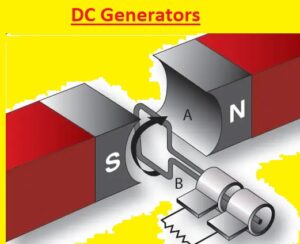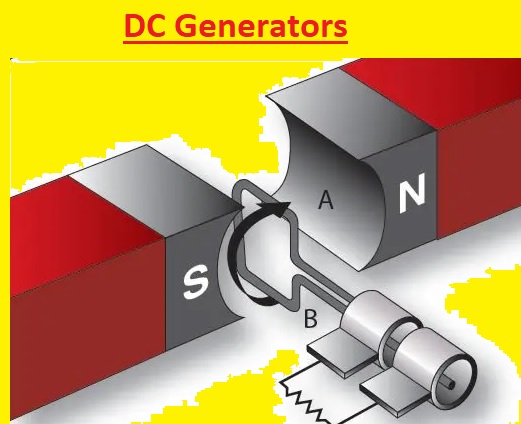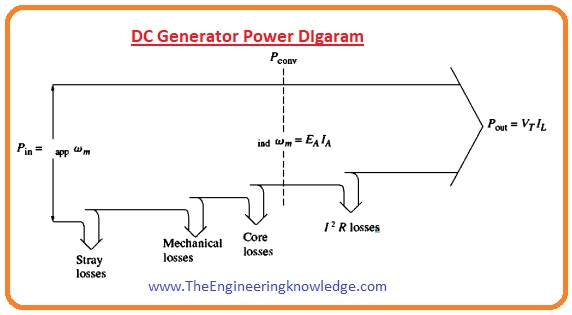 Hi, friends welcome to the new post. Here we will see the basics of DC Generator . It is an electric device that is used to transform the mechanical power in the electric. There is numerous types of dc generator that are series dc generator, shunt dc generator that performs the function according to their configuration.
Hi, friends welcome to the new post. Here we will see the basics of DC Generator . It is an electric device that is used to transform the mechanical power in the electric. There is numerous types of dc generator that are series dc generator, shunt dc generator that performs the function according to their configuration.
The working operation of dc generator relies at Faraday’s law of electromagnetic induction. DC generator performs different functions in industry and trains to offers electricity of load. In this post, we will see its different parameters with the details. So let get started.
What is a DC generator?
- A DC generator is an electrical instrument employed to the conversion of mechanical power to electrical.. if the conductor is move field is produced according to Faraday law.
- ThisEMFcan cause movement of current when the conductor circuitry has a closed path.
- Why use a DC generator instead of a standard AC generator?
- AC generators, which are much more popular and widespread, use an induction coil in the form of a transformer to convert alternating current (AC) into direct current (DC).
- A normal AC generator will spin the AC generators, creating magnetic fields to produce an electric current. When a conductor does not have a magnetic field around it, the electricity will be produced in one direction.
Types of DC generators
- DC generators are usually used in industrial and commercial applications, which are more complex than AC generator.
- Typical examples are the gear and other machine motors, solar arrays, and transformers. Some appliances like a washing machine also use DC generators.
- DC generators have no electric power (solar panels and battery banks require AC, or alternating current), but can produce DC power. Under DC conditions, the voltage goes negative and is zero at a point where the circuit is open.
- The electric current passes looped path. This process is called a “cathode open circuit”. This means that DC generators do not require a battery as an input.
How does a DC generator work?
- It can be assumed that all electric power plants have DC generators since the majority of the world’s electricity is generated from the use of high voltage electric power systems.
- Direct Current In electric power distribution systems, electric power is generated by varying the direct current (DC) voltage on the generator circuit. Where DC generator wins Direct Current power is simpler and more reliable in energy usage.
- It can straightforwardly send electric current from the generation point to the power system without transmitting a high voltage. A negative pole and positive pole power supply circuits will usually use a DC generator for the same purpose.
- Direct current is clean energy and it has the ability to transmit power at a very high speed.
Applications and Advantages of DC Generator
1) Generator to power your home appliances like fans and lights
2) Generator to run a workshop 3) Generator to operate the current for a DC motor (ambulances) or electronic devices
4) Generator to run ATMs
5) Generator to power generators used for a steam railway or a ship.
6) Generator to power the first metro line in India
7) Generator to power generating machines Power to the people This is the main application of DC generators.
- Unfortunately, they cannot produce any net power output if they are not used as generators to supply power to the grid. But when they are employed like generators no significant partition among the previous version of new DC generators. The same can be used in diesel cars, digital watches and medical devices.
Conclusion
- DC generators do not require auxiliary power systems as the voltage output power is often enough to charge a load battery. In fact, DC generators are often used in off-grid situations for situations where electric power availability is also a critical factor. Some time ago, the technology was mostly used for mining operations but today, due to its reliability, low maintenance costs, availability and easy usage, they are used almost everywhere where there is high voltage overhead line or distribution system. DC generators are also very much suitable for remote energy services. In that case, they can produce energy from sources such as solar panels and wind power generators. Electricity generation is only a small portion of DC generator industry.




